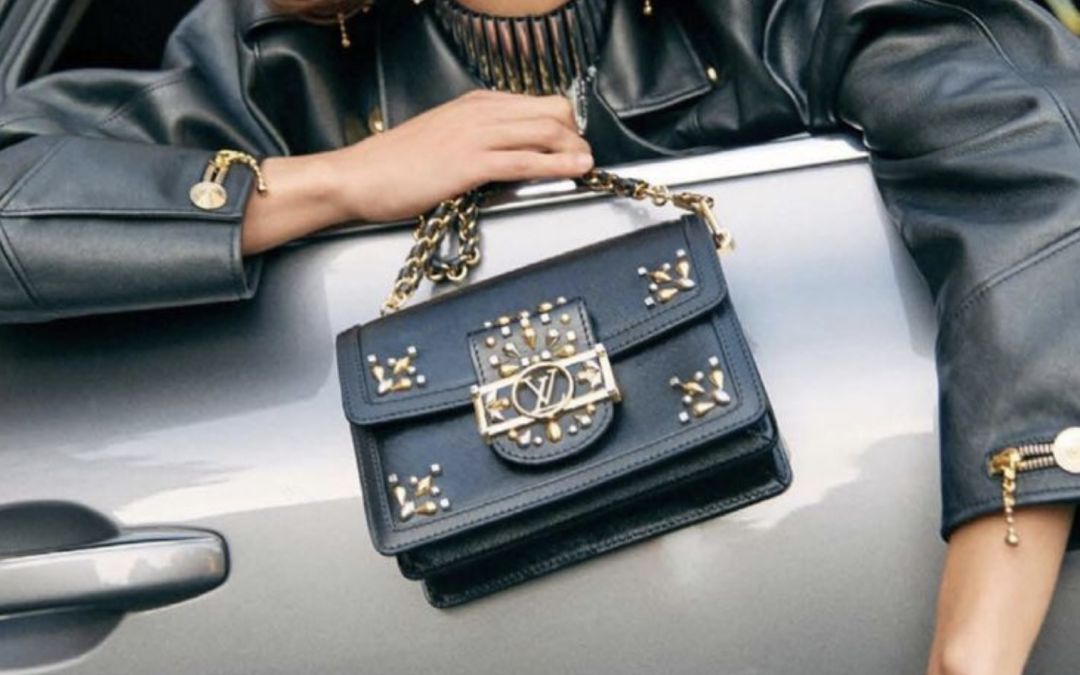
by Thea Elle | Nov 26, 2024 | Luxury Accessories
Style Companion Louis Vuitton Unveiled: Your Stylish Shortcut to the Perfect Luxury Bag by Thea Elle | Nov., 21, 2024 | Luxury Accesssories When it comes to LOUIS VUITTON, each bag is more than just an accessory—it’s a testament to exceptional craftsmanship, timeless...
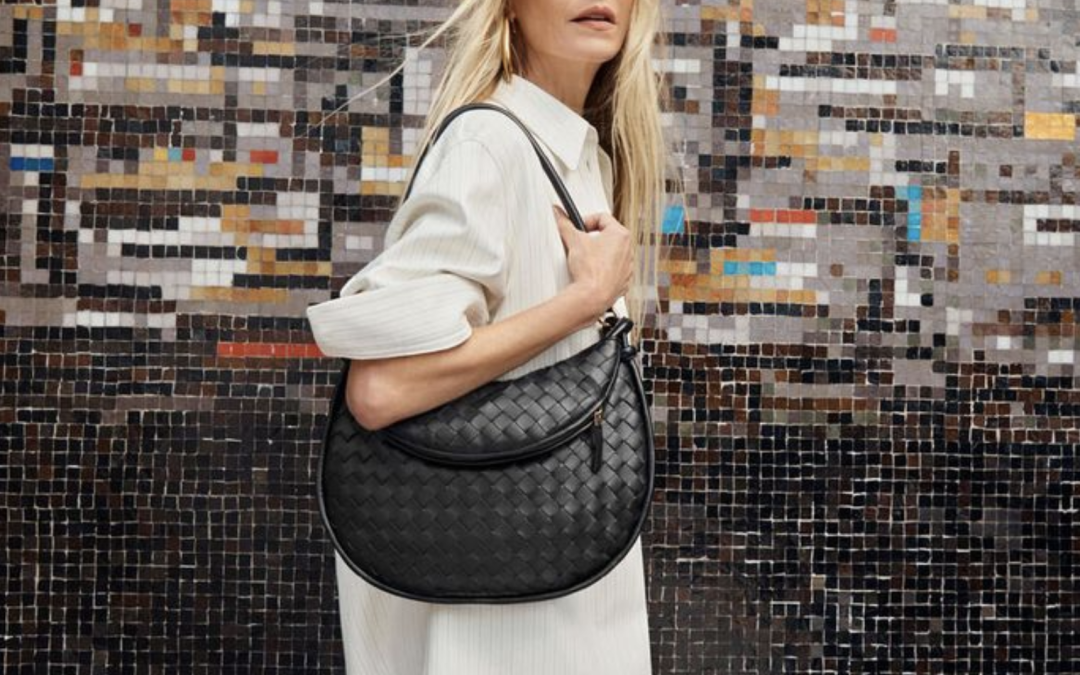
by Thea Elle | Nov 19, 2024 | Luxury Accessories
Style Companion The Quintessential BOTTEGA VENETA: A Guide to Iconic Styles by Thea Elle | Nov., 19, 2025 | Luxury Accessories BOTTEGA VENETA isn’t just a brand; it’s a lifestyle. Known for its unparalleled craftsmanship and iconic Intrecciato weave, the house of...
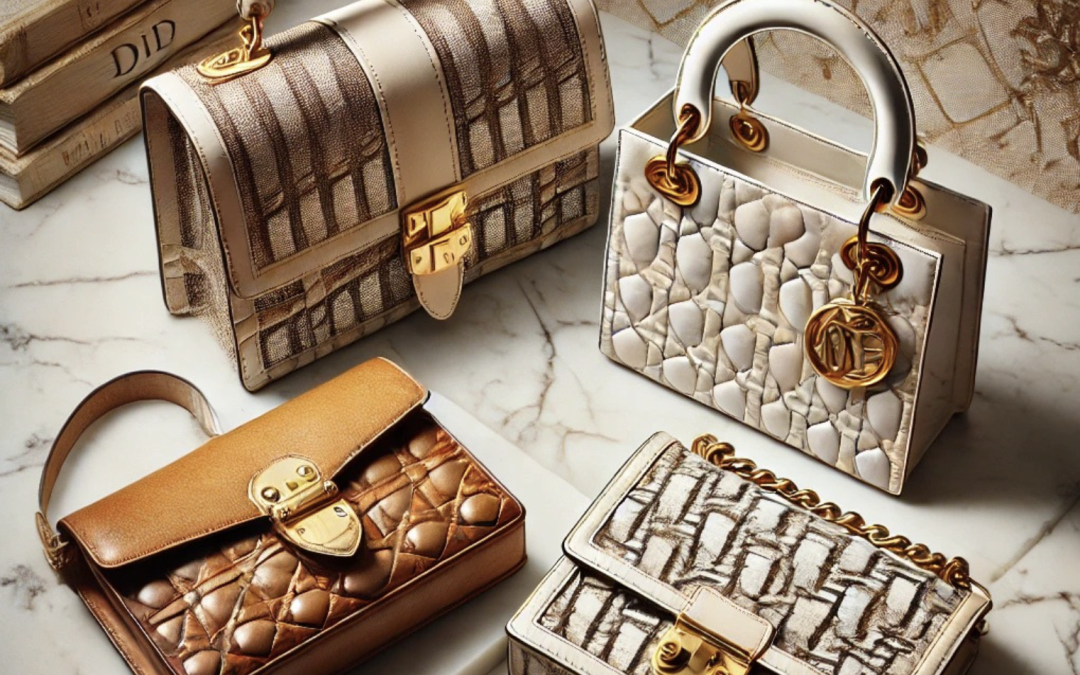
by Thea Elle | Nov 17, 2024 | Luxury Accessories
Style Companion Seasonal Chic: A Sassy Guide to Designer Bags That Match the Weather (and Your Mood) by Thea Elle | Oct., 12, 2024 | Style Guide DIOR isn’t just a brand; it’s a legacy of elegance and sophistication that has defined luxury fashion for decades. From...
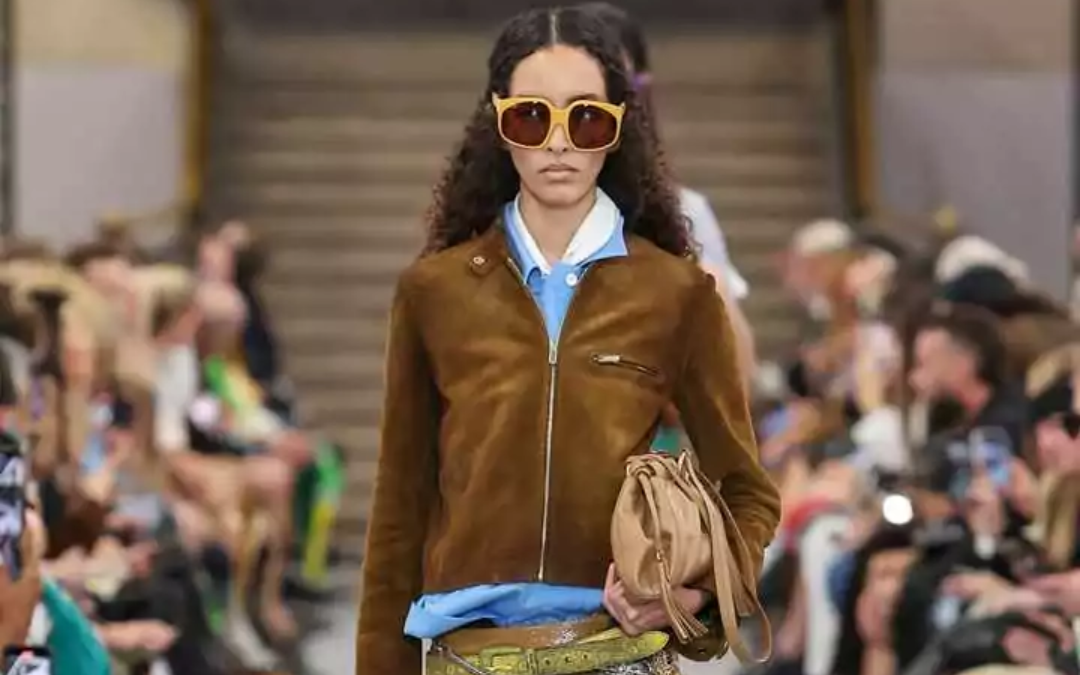
by Thea Elle | Nov 12, 2024 | Luxury Accessories
Style Companion The Ultimate MIU MIU Summer 2024 Shopping Guide: Must-Have Bags by Thea Elle | Nov., 13, 2024 | Luxury Accessories This summer, MIU MIU brings a fresh take on luxury with its standout bags from the 2024 collection. Known for blending elegance with...
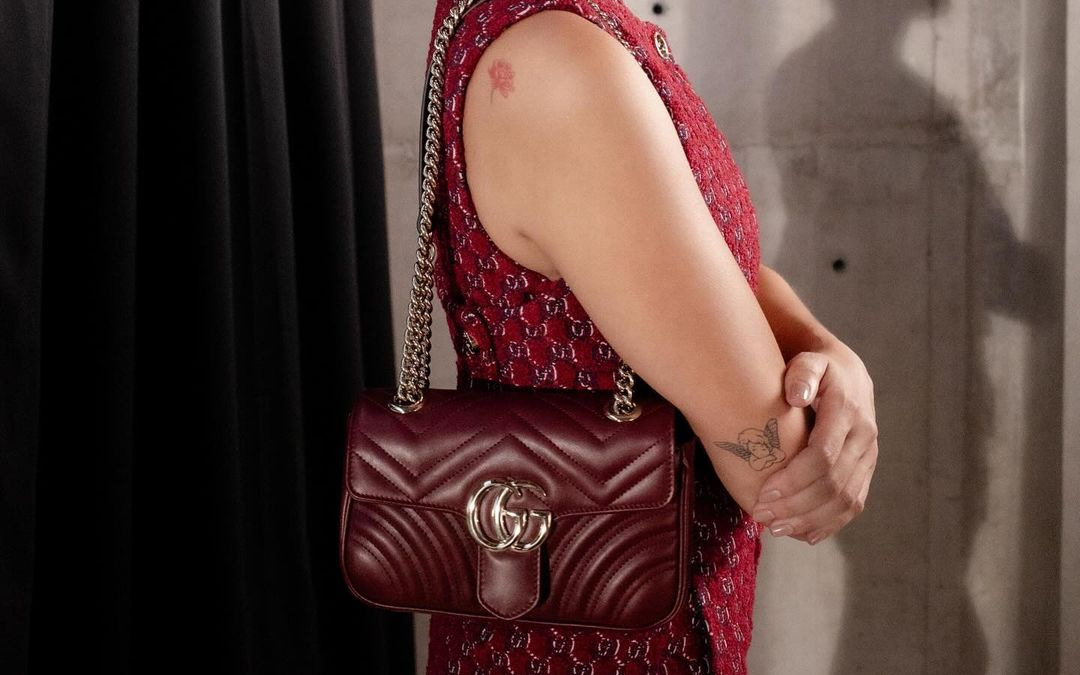
by Thea Elle | Nov 11, 2024 | Luxury Accessories
Style Companion Glamorous GUCCI Guide: Bold Bags, Brilliant Buys, and Bag-Savvy Secrets by Thea Elle | Nov., 12, 2024 | Luxury Accessories When it comes to luxury bags, few names evoke the allure and bold elegance of GUCCI. From classic shapes to edgy modern designs,...
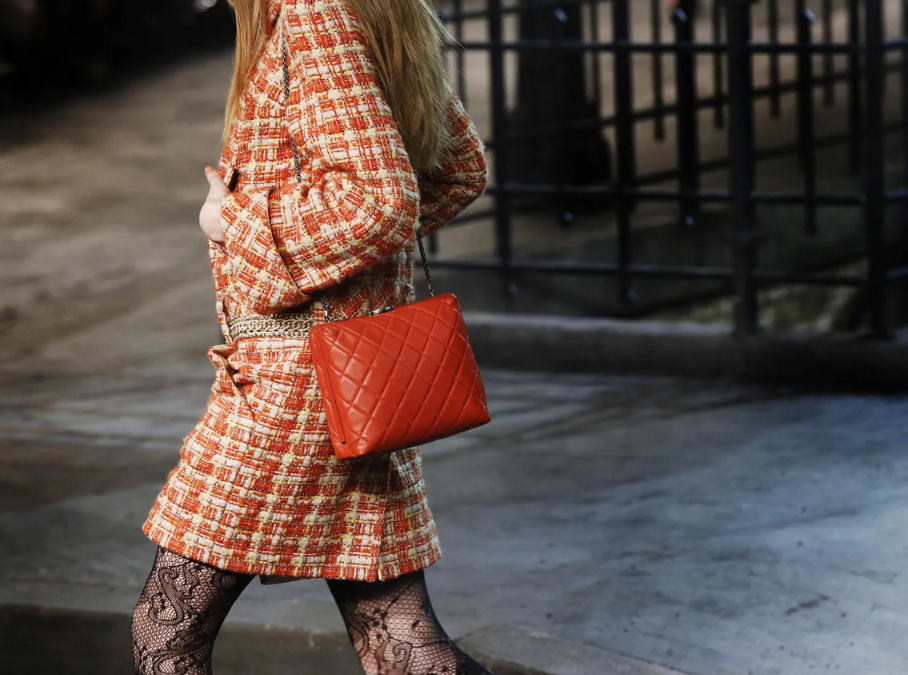
by Thea Elle | Nov 11, 2024 | Luxury Accessories
Style Companion The Ultimate Buying Guide to CHANEL Luxury Bags: Elegance, Timeless Style, and Investment Tips by Thea Elle | Nov., 11, 2024 | Luxury Accessories When it comes to luxury handbags, few names carry the prestige and timeless appeal of CHANEL. From the...







